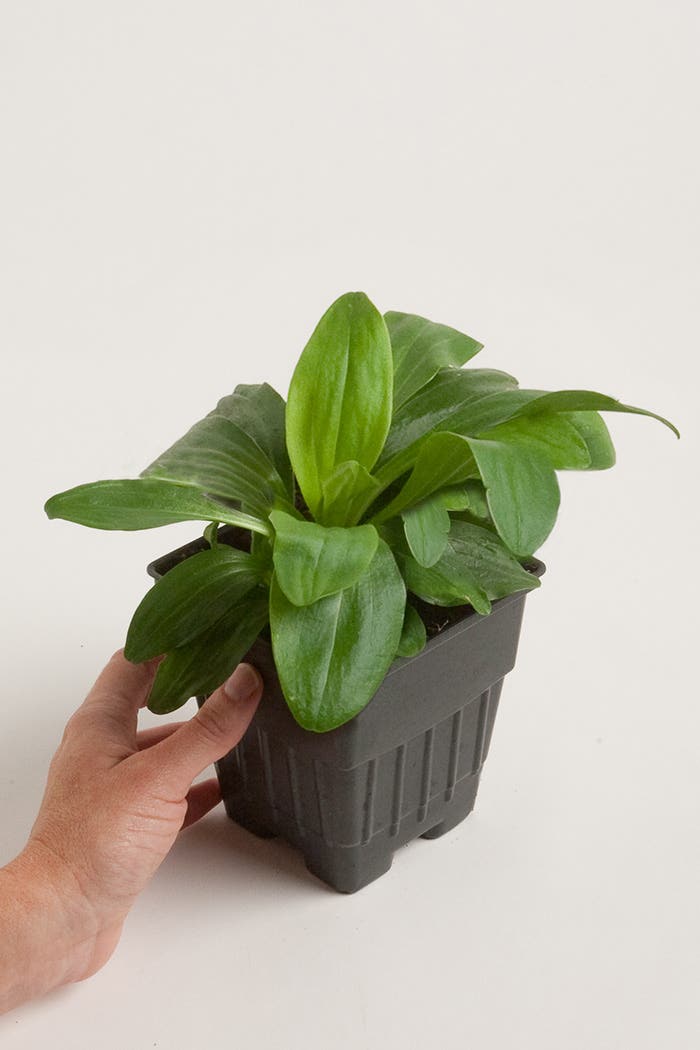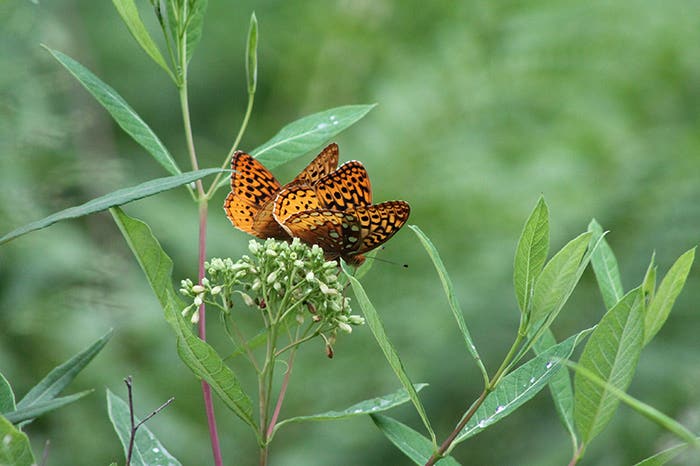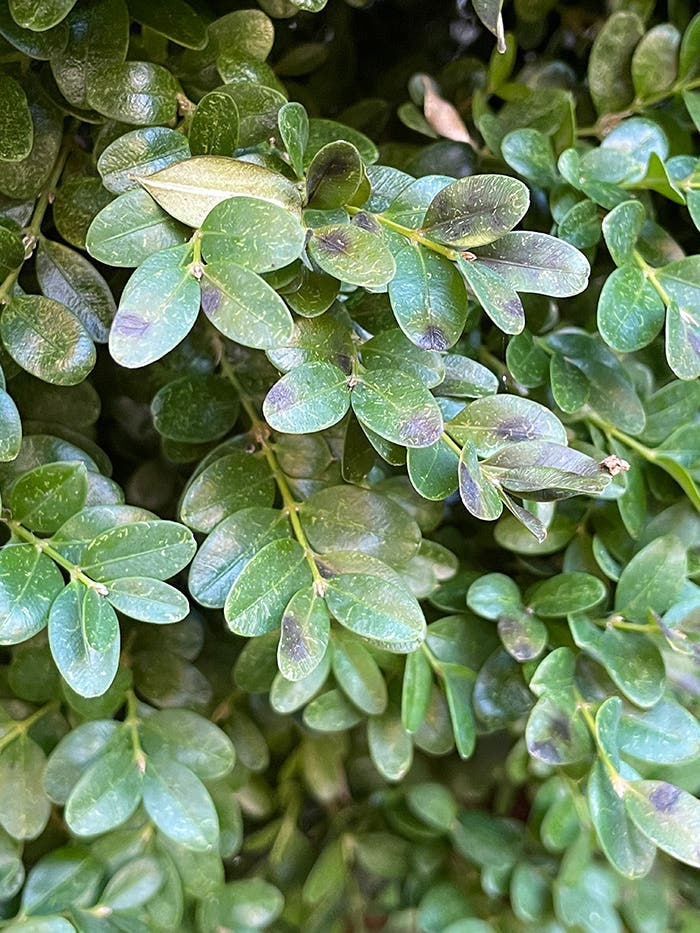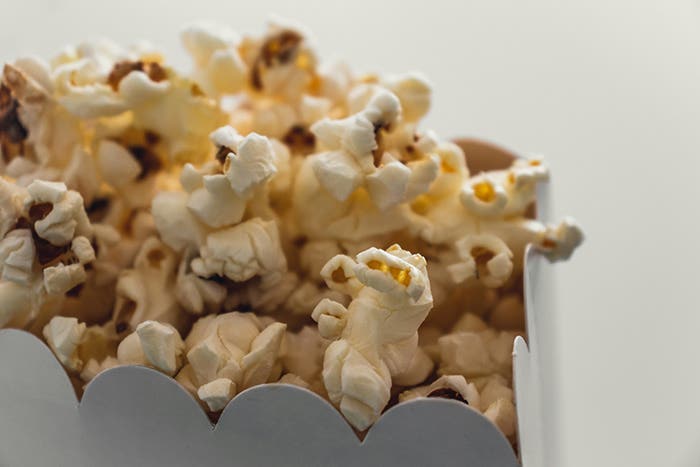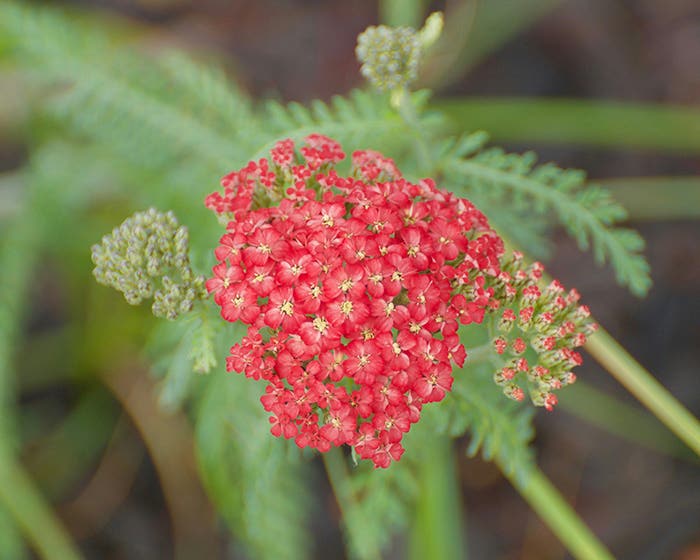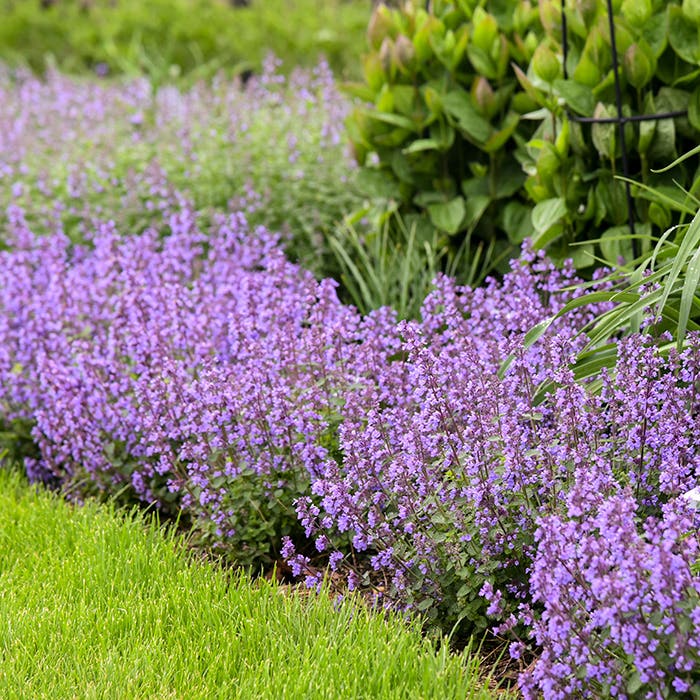Help Bumblebees with Your Garden
Bumblebees in North America are facing pressures of disease, habitat loss, climate change and the overuse of pesticides. Here’s how gardeners can help.
On September 30, 2016 the U.S. Fish and Wildlife Service recognized 10 more animal species as Endangered Species, giving them protections under the Endangered Species Act of 1973. These 10 species include 7 species of bee.
This was the first time that bees received endangered status. All 7 species are types of yellow-faced bees native to Hawaii. (At the same time, 39 Hawaiian-native plant species joined the Endangered Species list.) Competition from exotic insects, as well as habitat loss, are cited as the causes of these bees’ decline. For more about these bees and what’s being done to save them, see National Geographic.
Meanwhile, Fish and Wildlife has recommended that another bee species should be given endangered status: the rusty-patched bumblebee, a species once widespread across mainland North America. This recommendation followed a petition from the Xerces Society, which showed this bumblebee species is struggling with “disease, habitat loss, climate change and overuse of pesticides on commercial crops,” according to the AP. The rusty-patched bumblebee once lived throughout roughly the northeastern quarter of the US and into Canada, but now there are only spotty populations here and there. Endangered status would afford the rusty-patched bumblebee protection under federal law. Here’s more info from Reuters.
But we shouldn’t wait for bumblebee species to be endangered before we assist them. Here are some things the Xerces Society recommends that we all do to help bumblebees in our neighborhoods:
- Provide them with pollen and nectar from late winter through early fall. Plan your garden to start blooming early and finish late.
- Choose flowers that welcome the bumblebees. Plants native to your area are a good choice because the bees have evolved alongside them. Exotic (but not invasive) species can work, too. Just be sure to use the straight species, or pick cultivars that retain the general look of the species’s flower. That is, avoid cultivars bred for double petals or other fancy forms that make it hard for the bumblebee to access the pollen.
- Bumblebees best like purple, blue and yellow flowers. They cannot see the color red.
- Avoid using pesticides.
- Help bumblebees, which typically nest underground, overwinter by leaving some ground undisturbed—that is, not planted or mowed. Bumblebees may also take up in compost piles, woodpiles, stone walls or empty bird houses.
- For more pointers on how to help bumblebees, plus an identification guide and recommended plants by region, see Conserving Bumble Bees by the Xerces Society.


